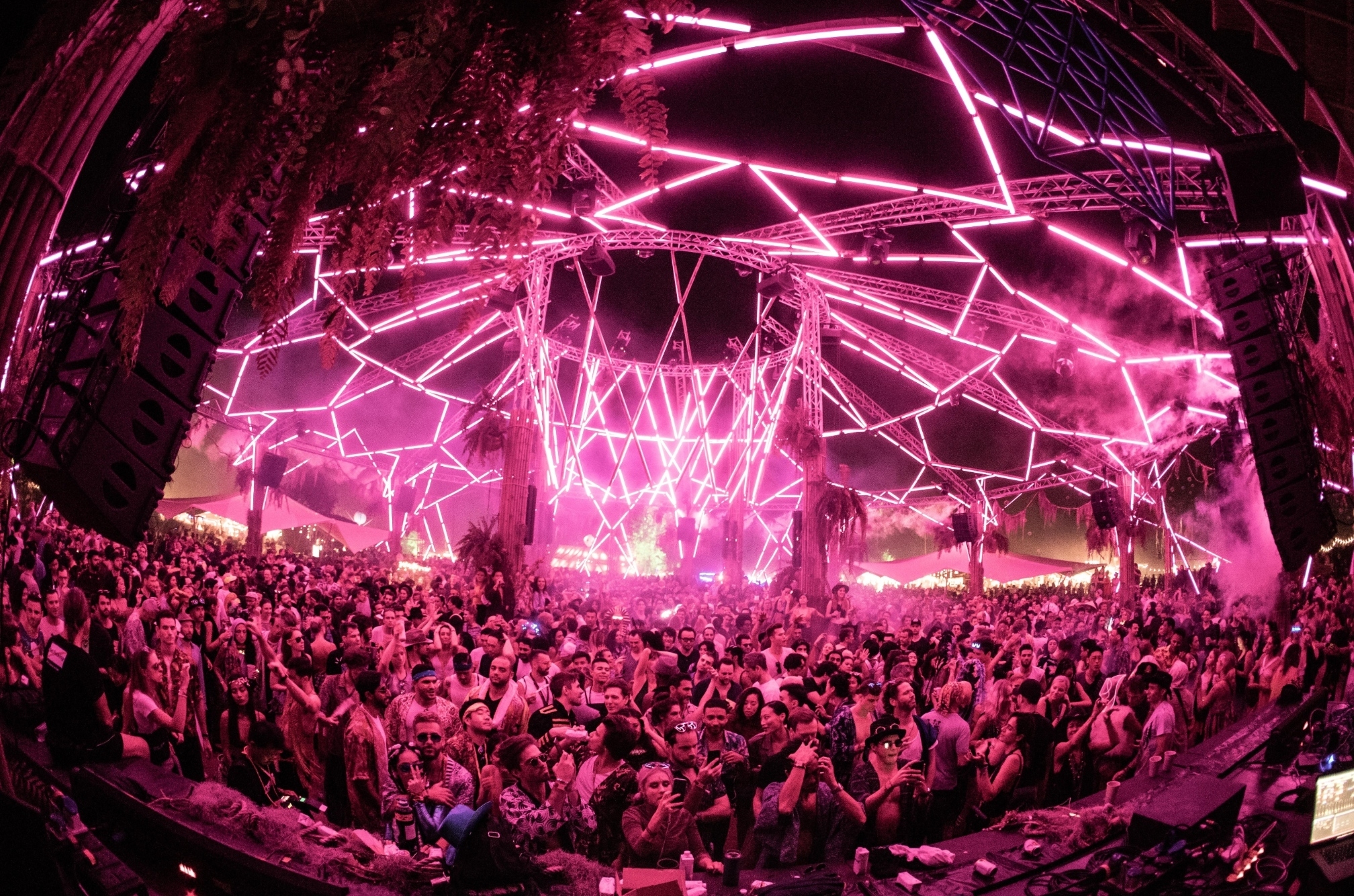 Features
Features
Inside Halina Rice’s spatial audio experience at Wonderfruit with Polygon LIVE
A first-person account on performing inside a 360° hyperreal sound environment with nearly 100 L-Acoustics speakers, bending beats in real-time with L-ISA tech
Halina Rice is known for being a sonic architect, sculpting immersive worlds where music, art, and tech collide. From ‘Elision’ on Injazero Records to her latest album ‘EVOLVE’, her sound shifts between ethereal dreamscapes and razor-sharp IDM beats.
Her NEW WORLDS project pushes the boundaries even further, fusing spatial audio, 360° visuals, and metaverse environments into electrifying live experiences. She recently brought that vision to Wonderfruit 2024’s Polygon LIVE stage—one of the most cutting-edge spatial audio setups on the planet.
Polygon LIVE is no ordinary stage—it’s a glowing, LED-drenched dome armed with nearly 100 L-Acoustics speakers in a 360° L-ISA Immersive Hyperreal Sound system. It’s a perfect match for Halina, who’s explored spatialised sound everywhere from Abbey Road Studios to Dolby Atmos releases.
So what’s it like performing inside a soundsystem this powerful? And how does spatial audio transform the way we experience live music?
Halina takes us behind the scenes of her Wonderfruit debut with Polygon— breaking down the tech, the process, and the experience of delivering a fully spatialized 360° live set at one of the most future-facing festival stages in the world.

It was back in June 2024 that I first met with Nico Elliott at a coffee shop in West London to discuss working together on upcoming events with his groundbreaking company, Polygon Productions.
Polygon is a market leader in creating spatial audio events using up to 100 speakers to totally envelop audiences at venues and festival stages across the world.
Nico is an inspiring person to meet, having built Polygon with business partners Archie Keswick and Adam Nicholas to create future-facing immersive audio events. Together they have been building and expanding the Polygon concept over the last seven years with multiple events under their belt, including a key presence at Wonderfruit in Thailand, the Amsterdam Dance Event in the Netherlands, and the Formula 1 Pre-party in Singapore in 2024 alone.
We were introduced as spatial audio has also been central to my past work with both events and releases created in this new and exponentially growing format. As an electronic music producer and AV artist, the use of immersive technologies complements my interest in sound design and provides another dimension to deliver emotive electronic music with impact.
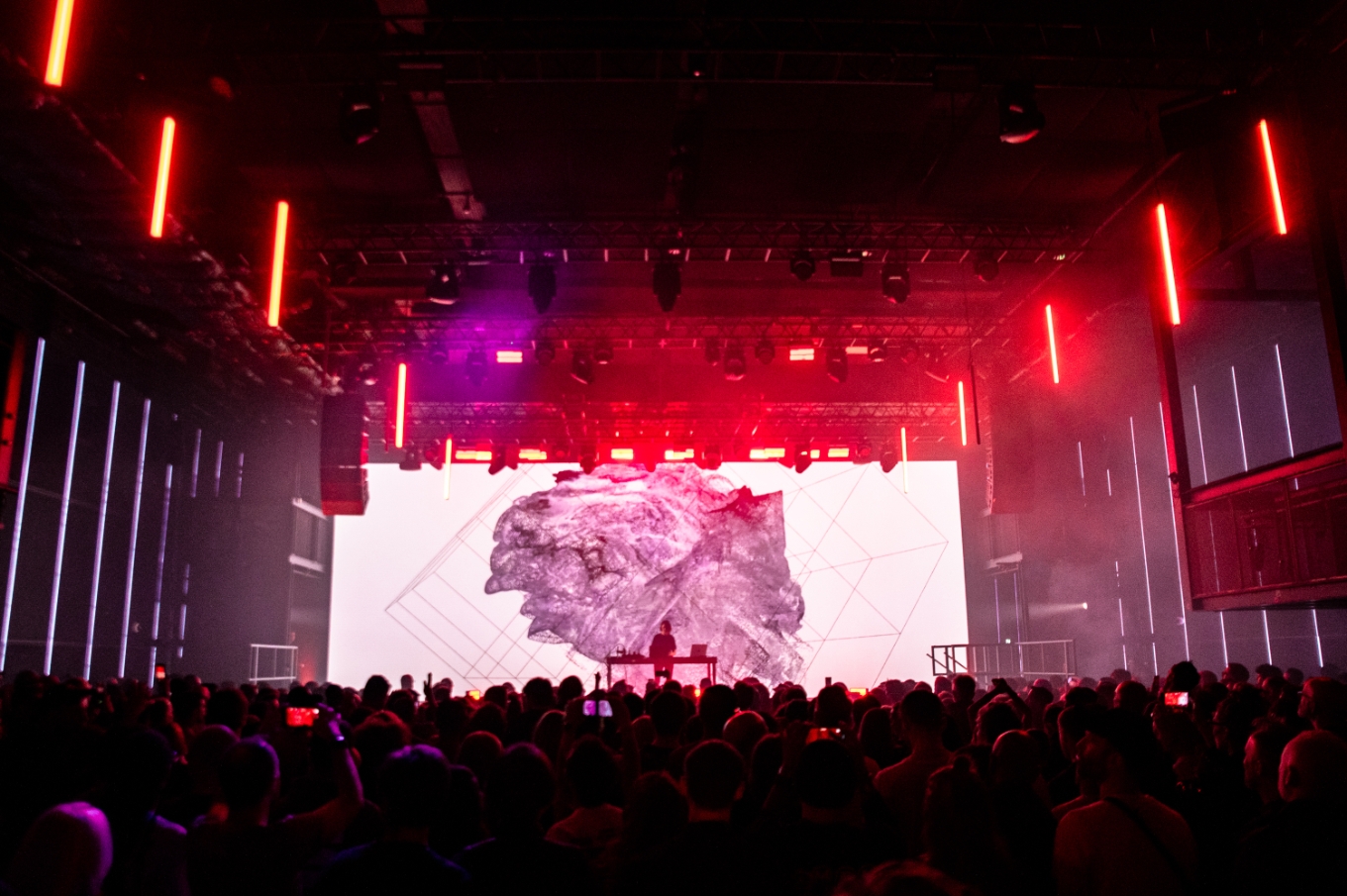
I was initially introduced to the concept at a show at Abbey Road Studios in 2019 where I worked with L-Acoustics using their L-ISA immersive audio software. Since then, I have expanded to use spatial audio at events and to mix and release my last album 'EVOLVE' in Dolby Atmos. So I was thrilled to be given the unique opportunity to perform a fully spatialised, 360° live set at one of Polygon’s events—their stage at the fantastic Wonderfruit Festival in Chonburi, Thailand, in December 2024.
Read this next: Humans of Wonderfruit 2024 in their element
The Polygon stage concept is an innovative attention-grabbing design—a 2,500-capacity dome covered in a unique network of ever-changing LED lights. Walking around the festival the stage was ever-present as a beacon of light and as you move inside the structure you become aware of the impact and delivery of nearly 100 L-Acoustics speakers mounted in a 360° L-ISA Immersive Hyperreal Sound configuration all around you.
There’s an ethereal quality to the structure, giving the impression the dome is simply made of light and the auditorium is made of sound. The audience seems transfixed and lost in delight—given permission to lose themselves in the experience.
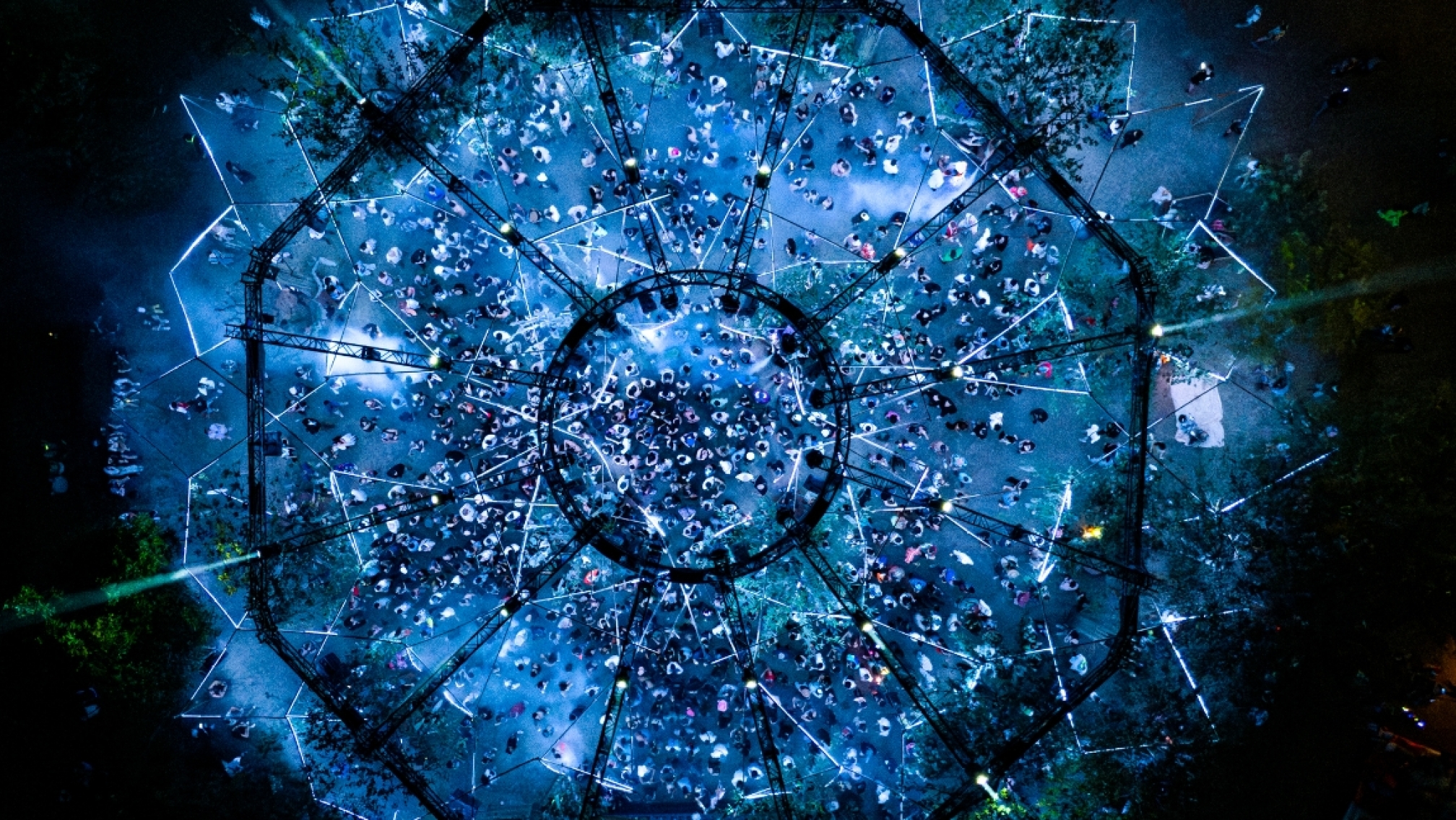
So for those less familiar with spatial audio—how does it work?
It’s based on the principle of object-based mixing. Basically, the audio is split into a number of granular stems or audio feeds. Each of these sound sources is effectively one sound “object”. Using software, you can apply metadata to each of these pieces of audio in order to place the sounds around an auditorium with a multi-speaker set-up. You can also apply spatial effects such as delays and reverbs echoing around the space. This can be either pre-programmed or conducted live.
Read this next: What is spatial audio? Everything you need to know about music's big 3D breakthrough
While normally I would pre-programme the spatial positioning and effects, working with Polygon was more of a collaboration. I created the stemmed projects in Ableton Live and then delivered all of these on separate audio channels to the front of house. From here the audio is passed through L-ISA software and processor, with the Polygon audio engineers able to position the sounds in a fast and flexible way in the morning before performance.
Much of the process we conducted during soundcheck with some on-the-fly improvisation from the engineers during the course of the live set, giving a real performance edge to the experience.
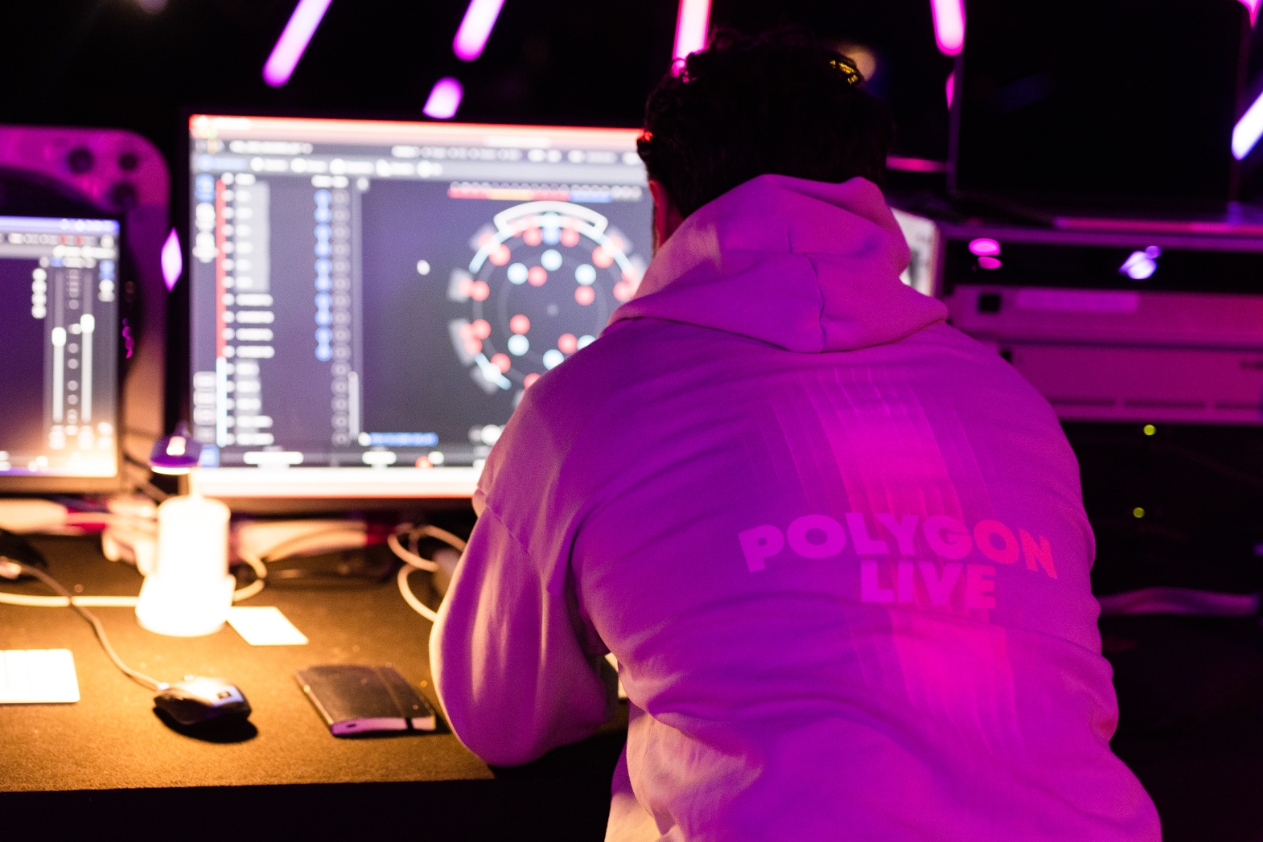
At Wonderfruit, Polygon’s audio team manager was David Lopez de Arenosa, a reassuring and calm presence in the midst of a dizzying cycle of artists adapting sets with Polygon’s specialised audio engineers.
Read this next: The Best Music Tech of 2024
The engineer assigned to my show was Davey Williamson, who comes with a wealth of experience in deploying immersive audio events. Davey and I discussed the set content and how we wanted this to be conveyed. The very beat-driven elements were located in static positions that would bring a solidity to the mix, with elements like synths and FX given the freedom to move around and above the audience as suited to the track.
Normally my performance nerves hit about 15 minutes before the start of any show, but it was hard to feel anxious in the glorious heat of Southeast Asia and in the super-relaxed environment of Wonderfruit where everyone is at their most chilled.
The Polygon team also did their utmost to ensure I felt comfortable with the experience. It’s important as there’s a lot of trust required from the artist that their music is being delivered to the audience in the way that they envision.
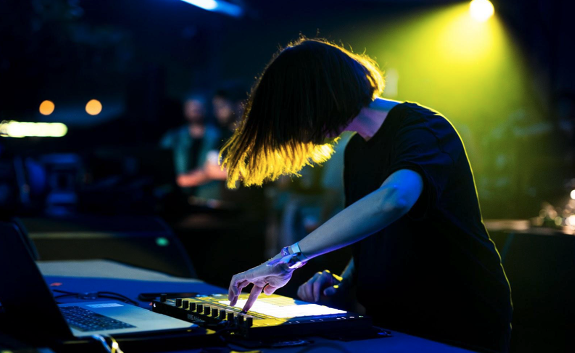
And so the live set began—straight into the first track 'SPLIT' from my new album 'EVOLVE' with the lead synth moving left to right across the auditorium as Davey and I had planned it and a centred kick drum grounding the mix. Both the engineers and the artists have an onstage spatial monitoring system so we have a good impression of how the sounds are being reproduced for the audience in the auditorium space.
The set landed well and the auditorium filled up with people enjoying the vibey combination of lights and music. The atmosphere was fantastic with an audience utterly immersed in the experience.
Read this next: Why electronic music lessons should be taught in secondary schools
Polygon represents part of a wider trend in the growth of immersive events. People now talk about the experiential economy, where audiences are searching for more sensory stimulation. You only have to look at the larger-than-life Anyma events and the splash made by the opening of venues like the Sphere in Las Vegas to see the direction this is heading.
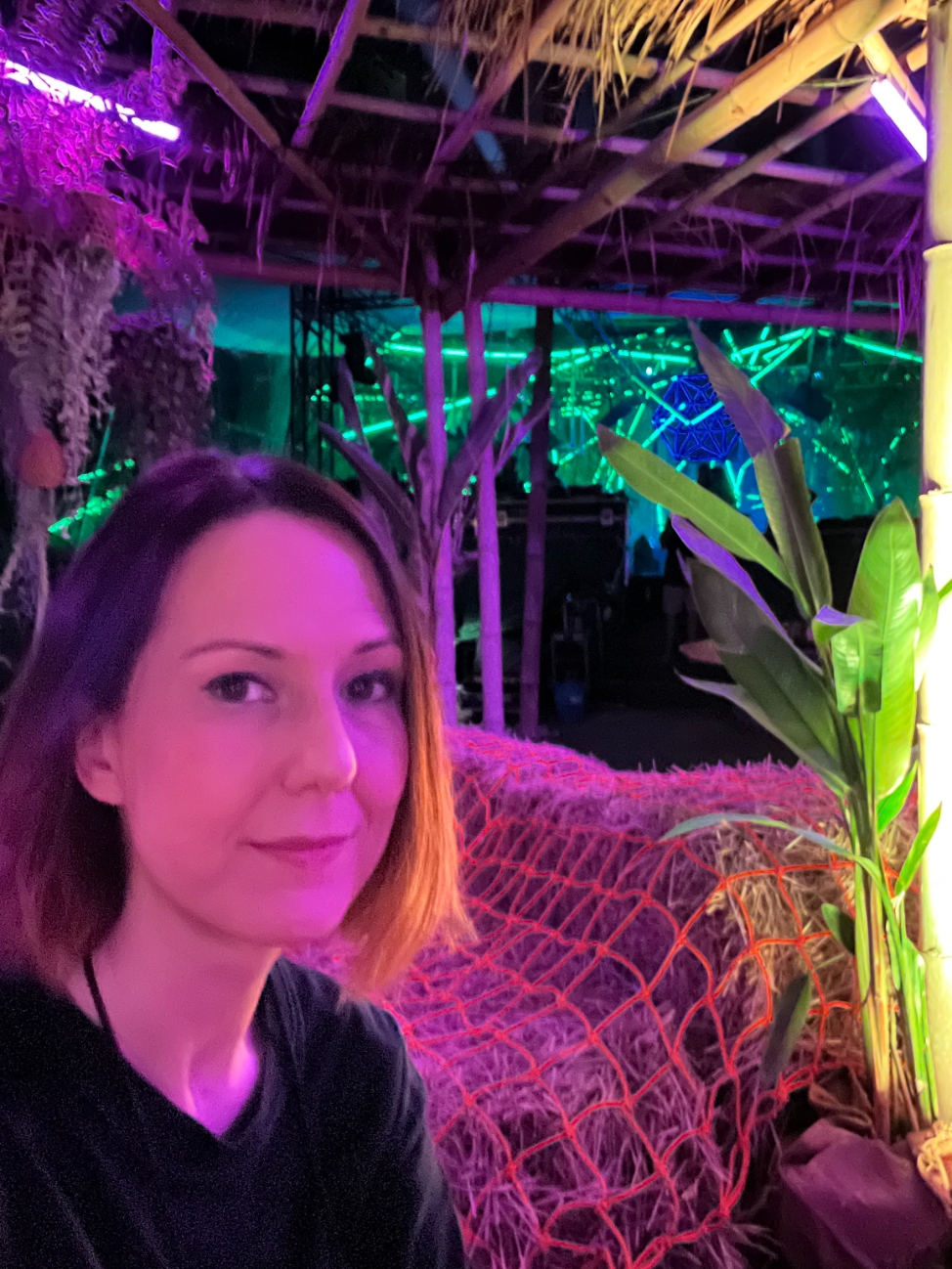
On the recorded side, more and more daily devices and ways to experience music are becoming spatially enabled such as airpods and speaker systems in cars. it seems a tipping point has arrived where this will become the norm rather than the exception.
For my own headline immersive shows, the combination of large-scale visuals, spatial audio and bespoke programmed lightshow has been well received by audiences interested in a more holistic presentation. There is also a rise in venues installing spatial audio systems and LED walls to move with the changing events landscape.
Read this next: Retail therapy: The future grail of technology in music
So, the future seems bright for companies and artists investing in immersive technologies such as spatial audio. Polygon will be bringing this experience to many other festivals and events this year, including its debut UK festival, Polygon Live LDN, which will take place at Crystal Palace Park in London in May this year, and where I will once again have the pleasure of taking part.
Quite aside from the fact that this is in my hometown, I am utterly thrilled to be on a line-up that includes electronic music luminaries such as Max Cooper, Jon Hopkins and Photay.
This will be the UK’s largest outdoor spatial audio festival and this time, Polygon is going large. They will be bringing two domes using nearly 200 L-Acoustics speakers and 360° L-ISA immersive sound configuration to deliver their awesome spatial audio experience to a total capacity of 5,000 people per day over the three days of the festival.
I look forward to seeing what the audiences in the UK make of this experience!
Polygon Live LDN will take place at Crystal Palace Park on May 2-4, 2025. Tickets available here.
Follow Halina Rice on Instagram here.


